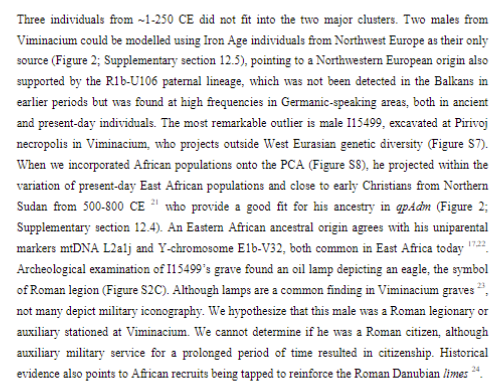
IE expansions were driven by following:
4000 BC Suvovoro Anatolians - horses
3300 BC Afanasievo Toharians - dairying
2900 BC Corded Ware Germans/Celts/Italians - Urals copper mine
2600 BC Martqopi Armenians - ???
2100 BC Sintashta Indo-Iranians - chariots
4000 BC Suvovoro Anatolians - horses
3300 BC Afanasievo Toharians - dairying
2900 BC Corded Ware Germans/Celts/Italians - Urals copper mine
2600 BC Martqopi Armenians - ???
2100 BC Sintashta Indo-Iranians - chariots
the findings that Sintashta horses replaced other horses after 2000 BC don't disprove anything about claims of importance of horses in previous 2 millennia.
https://twitter.com/Peter_Nimitz/status/1397711292048166914?s=20
Goat & cattle dairy products predate the Indo-European expansions by 2000+ years, but use of horse dairy starting in 3300 allowed proto-Toharian Afanasievo people to migrate all the way from the Don-Volga to Khakassia & Mongolia. science.org/content/articl…
Horse dairy enabled Afanasievo and other Indo-Europeans to economically exploit the steppe in a way that others couldn't. Unlike in Europe, the natives of the eastern steppe quickly learned how to use dairy & destroyed or assimilated the Indo-Europeans. 
https://twitter.com/Peter_Nimitz/status/1248416259630190597?s=20

• • •
Missing some Tweet in this thread? You can try to
force a refresh







































